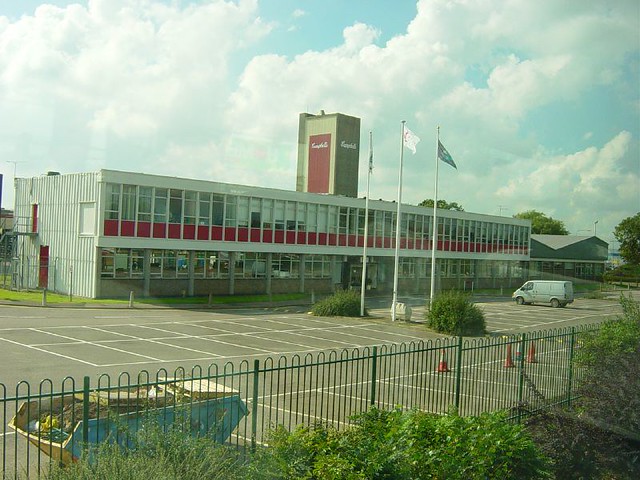We stand before a singular evolution.
It represents a jump into the unknown. Carbon based technology is our
springboard, but this flight will achieve sustainability through
itself, in itself and by itself.
The global mind has always been there.
It resides in the inbetween. It is the residue of communication. It
is the connection. It has prescribed a curve from gesture, through
the spoken word, the printed word, and the projected word.
Telecommunication has become ubiquitous. Its proliferation has
taken us to this precipice, one foot on the springboard.
The individual can already chose to be
available for communication at any time, with anyone else who also
makes this choice. For some it is no longer a choice, and has instead
become a requirement of their prescribed survival. The processes
involved are being streamlined. Where once we had to dial an operator
and request a connection to reach the person we wished to speak with,
we now have voice command. Where once we had to send off each letter
in an individual envelope, we now have a hoard of followers,
instantly aware of any musing. Interfaces are becoming more adaptive
and responsive to our needs and abilities. They are becoming more
mobile, and more invisible. How long before we lose the headset
altogether? How long before thought command replaces voice command?
This is not beyond the bounds of
technology. An implanted device, capable of responding to a brain
wave. We will think the name of the person we want to reach, they
will hear our call. A phone-call in our minds. Will we even have to
speak? Why waste time, and risk misunderstanding, if we can learn to
focus our message into a thought pattern.
Without knowing it, that was the big step, the first foot off the springboard.
How long then before people begin to
experiment in mind sharing? Two people, madly in love, decide not to
put the receiver down. They stay connected, sharing thoughts, going
deeper into each others self. Another, an extrovert, sends a constant
stream out to anyone willing to tune in. They find it exciting,
addictive, they begin to broaden the message until whatever they
think is broadcast before they even have time to consider censoring
it. Some people see huge benefits. Working on a project together, two
minds become quite literally better than one, the speed and clarity
of communication helping each individual to foster further ideas and
in turn breed new ones. Except that it will no longer be the idea of
an individual. Synergy will conquer the constituent. The sum will be
greater than the parts.
Groups will emerge. Some mad or brave
few will go even further and open themselves to an entirety, sending
and receiving what at first will become a numbing white noise, but
gradually through design and control will build the basis of a
singular mind. Many will of course turn away from what will be seen,
and initially proven, as a dangerous technological avenue. Many more
will continue in more or less the ways we can witness today, simply
enjoying a new ease in discussing business and family matters. But
whether as underground movement, controlled experiment or libertarian
expression, the first benefits of shared thought will begin to become
apparent. Complex problem solving will explode, entirely new
realities will become apparent. In the last days of our current
species model, we will eradicate disease, stabilise our environment
and conquer fear.
Gradually, and in steps which each of
us cannot begin to grasp, individuality will erode away completely.
It will no longer be important or useful. Our planetary consciousness
will have achieved a major evolutionary stepping stone, ready for its
next stage of contact.
Two feet... off the springboard.
Two feet... off the springboard.









